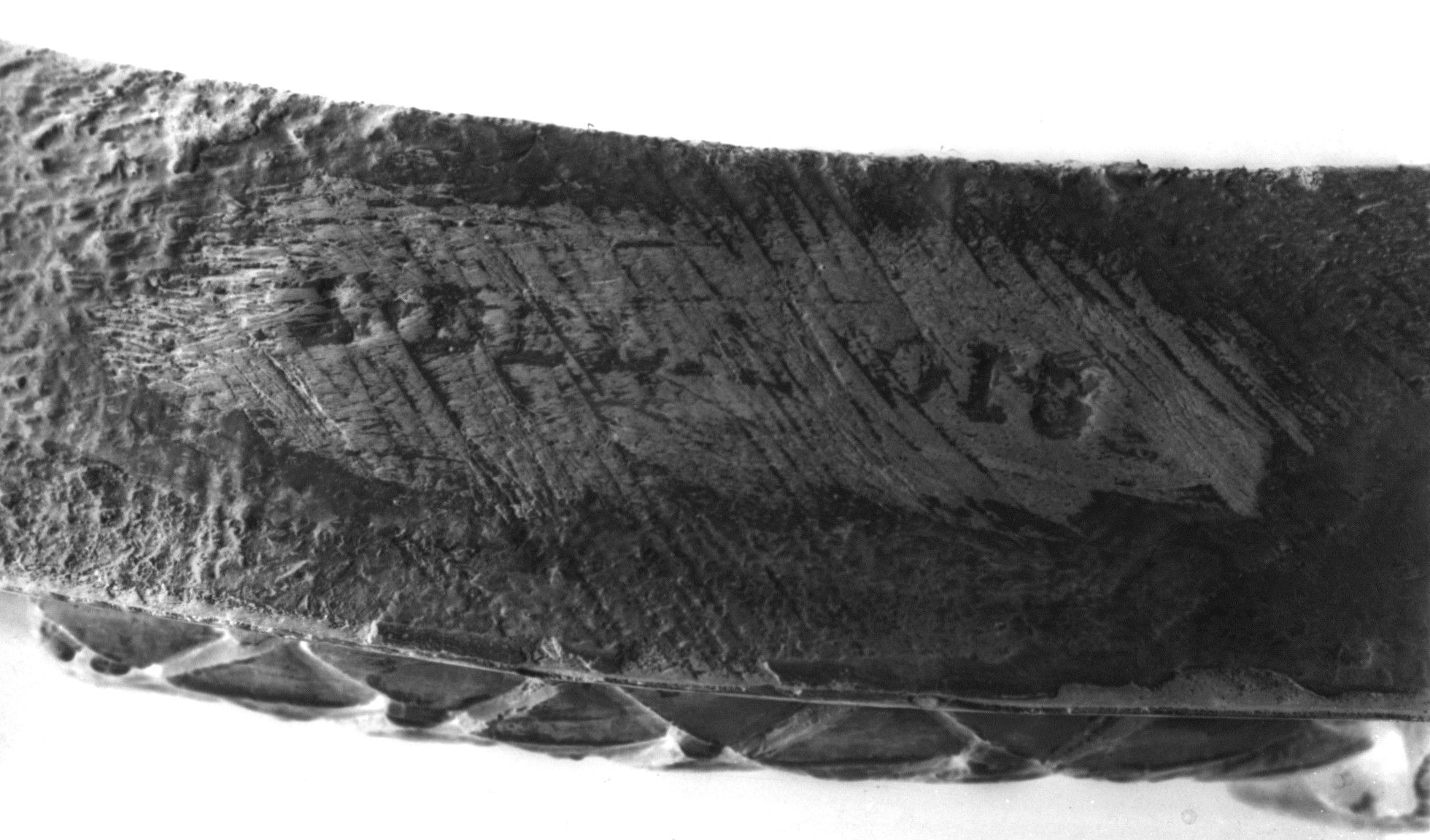Armchair (fauteuil)
Louis Delanois French
Not on view
This type of armchair is known in French as a "fauteuil à la reine" because of its straight back and "à chassis" because the seat, back, and armpads can easily be removed to change the upholstery. Stamped by Louis Delanois (1731–1792), a Parisian menuisier who specialized in seat furniture in the late Rococo and neoclassical taste, this chair is in a transitional style and reflects the transition between the Louis XV and Louis XVI styles. The cabriole legs and curving arm supports, which are not yet placed directly above the legs but are set back, are still expressions of the Rococo. The laurel garlands and husk motifs on the seat rail, at the knees, and on the back rail show influence of neoclassicism. At least one other chair of this model is known which may have been part of the same set of seat furniture.
This armchair was part of the model collection of woodwork, paneling and seat furniture of Maison Leys, a successful decorating business, located at the Place de la Madeleine in Paris. Since 1885 the business was directed by Georges Hoentschel who installed the collection in 1903 in a museum-like display at Boulevard Flandrin, Paris. Three years later, Hoentschel sold the collection to J. Pierpont Morgan who gave the panels with the rest of the decorator’s seventeenth and eighteenth century objects to the Metropolitan Museum of Art in 1907.
Due to rights restrictions, this image cannot be enlarged, viewed at full screen, or downloaded.
This artwork is meant to be viewed from right to left. Scroll left to view more.



